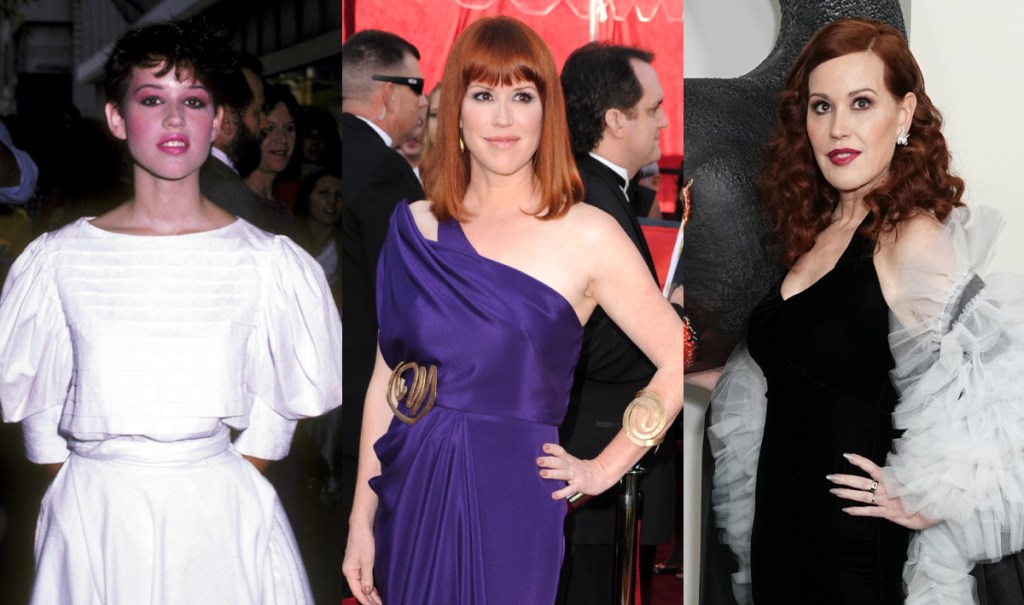Mytheresa continues to shine in a consolidating sector.
The Munich-based luxury website reported a 17.6 percent gain in net sales growth to 233 million euros in its fiscal third quarter ended March 31, from 198.9 euros in the year-ago period. Gross merchandise value rose to 252.2 million euros, from 219.8 million euros in the year-ago quarter.
Adjusted net income rose to 4.1 million euros in the latest quarter, from 1.4 million euros in the year-ago period.
Mytheresa narrowed its bottom-line net loss to 3 million euros from 5.1 million euros in the year-ago period. Two significant costs — the ramp-up of the distribution center at the Halle/Leipzig Airport in Germany, which began operating last fall, and share-based compensation — impacted the bottom line and were excluded from the adjusted figure.
The gross margin slippage further decreased, from 740 basis points in the first quarter and 490 basis points in the second quarter to 220 basis points in the third quarter, suggesting Mytheresa was able to navigate the severe promotional environment in luxury. Also, Mytheresa’s inventory levels are starting to come down and “normalize,” according to company executives. While inventories were up 11.9 percent last quarter, that’s well below the revenue gains and lower inventory growth than in previous periods.
With its momentum continuing, Mytheresa expects to ultimately generate annual volumes in the billions, but there is a ways to go considering that in fiscal 2023 Mytheresa generated 768.8 million euros.
Still, the company has been gaining market share in the struggling digital luxury sector. Saks, Neiman Marcus, Net-a-porter, Matches — which is in bankruptcy — and Farfetch, which was sold to South Korea’s Coupang earlier this year, have all been experiencing difficulties.
“Our focus remains on organic growth, but we may look at inorganic growth,” Michael Kliger, chief executive officer of the Munich-based Mytheresa, told WWD, commenting on the potential for an acquisition. “We’re not desperate. We don’t need a deal.”

Media reports have focused on Mytheresa exploring the possibility of purchasing Net-a-porter. Kliger would not comment on that or any other potential acquisition target.
By midday Wednesday, after Mytheresa posted its third-quarter results, its stock price was down 0.8 percent, or 4 cents, to $4.96.
Kliger told WWD that the U.S. and top-spending customers, which he defined as those spending six digits or more annually, were the two key growth drivers in the third quarter.
He said Mytheresa in the U.S. saw 41.6 percent GMV growth last quarter, and that the region represented 22.3 percent of the total business. The U.S. now represents Mytheresa’s largest market.
“The other major driver is our top customer growth,” Kliger added. “In the third quarter, the number of top customers grew 17 percent. Their average spend grew by 3.3 percent.”
Kliger also said the average order value in the quarter increased by 8 percent to $692. He acknowledged that some of the gain was due to inflation, particularly on bags.
He singled out fine jewelry as a highlight during the quarter. “We are adding more brands and moving the average price ticket to $20,000 and reaching up to $100,000.” Among the women’s fine jewelry brands added to the assortment since September are Kamyen, Bucherer Fine Jewellery, Ananya, Marina B, Anita Ko, Jennifer Fisher, Marie Lichtenberg, Lauren Rubinski and Roxanne First.
“We feel very well positioned with strong growth in the U.S. The macro is improving. Consumer sentiment is improving. U.S. consumers are spending more,” Kliger said, adding that Mytheresa’s “highly curated approach focused on the high end” attracts more spending. “Luxury consumers look for inspiration. They really want a curated presentation,” he said.
During his third-quarter conference call, Kliger said, “Our core customer base, which are the top spenders, is very healthy. The U.S. is the strongest region, Europe is stable, and in Asia we still see uncertainties.”
He also said that the aspirational customer is “coming back. We do observe green-shoots on the aspirational customer.” For several seasons, the aspirational side of the luxury business has been soft, while “true” luxury has performed well.
“The strongest brands are what you can characterize as quiet luxury,” Kliger said, citing Loro Piana and Brunello Cucinelli. “I do believe fashion will come back. It will be good for the sector and quiet luxury brands will continue, although the market has missed some of the more fashion-forward customers and that needs to come back.”
Earlier, in his prepared statement, Kliger said: “We see ourselves as one of the few winners in an otherwise still-tough market environment. We clearly gain market share with our above-average growth rates. We are benefiting from the consolidating landscape of luxury e-commerce players in a market that has huge growth prospects based on changing customer preferences favoring digital channels.”
In its third-quarter posting, Mytheresa listed several initiatives, among them:
• Exclusive capsule collections and pre-launches with Gucci, Bottega Veneta, Saint Laurent, Loewe, Givenchy and Brunello Cucinelli.
• “High-impact” top customer activations including a dinner with Khaite in Paris and three events with Courrèges at Shanghai Fashion Week, featuring an exhibition, designer talk and dinner.
• Improved net promoter score of 80.6 percent.
• Launch of Mytheresa Retail Media services to provide selected brand partners with paid media placements.
• Continued ramp-up of the distribution center in Leipzig, Germany, with more than 60 percent of all customer orders processed at the end of March.



